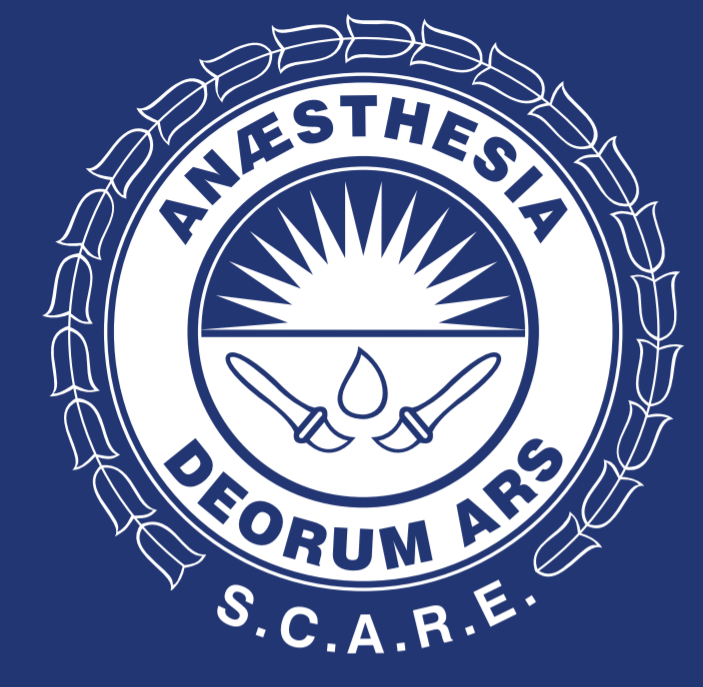Anaesthetic management of a patient diagnosed with amyotrophic lateral sclerosis taken to caesarean section: Case report
Abstract
Introduction:
In the obstetric population with amyotrophic lateral sclerosis, caesarean delivery may be indicated in order to avoid greater maternal respiratory distress induced by the physiologic changes at the end of gestation and the progressive muscle weakness caused by the disease. Optimal anaesthetic management is required in order to guarantee the ideal conditions for surgery and to preserve patient respiratory function.
Objective:
To describe the anaesthetic management of a patient diagnosed with amyotrophic lateral sclerosis scheduled for caesarean section.
Methods and results:
We describe the case of a 38-week pregnant woman diagnosed with amyotrophic lateral sclerosis who under went caesarean section under sequential combined spinal-epidural anaesthesia. In addition, a review of the literature was conducted.
Conclusions:
Combined spinal-epidural anaesthesia was a good option as anaesthetic technique for caesarean section in this patient with amyotrophic lateral sclerosis.
References
2. Thampi SM, David D, Thomson Chandy T, Nandhakumar A. Anesthetic management of a patient with amyotrophic lateral sclerosis for transurethral resection of bladder tumor. Indian J Anesth. 2013;57:197-9.
3. Roanne P. Espinal cord disorders. In: Obstetric anesthesia and uncommon disorders. 2nd ed. New York: Cambridge University Press; 2008. p. 198-9.
4. Bader AM. Neurologic and neuromuscular disease. In: Chestnut DH, et al., editors. Chestnut's obstetric anesthesia: principles and practice. 5th ed. Filadelfia: Elsevier; 2014. p. 1135.
5. Gattenlohner S, Schneider C, Thamer C, Klein R, Roggendorf W, Gohlke, et al. Expression of foetal type acetylcholine receptor is restricted to type1muscle fibers in human neuromuscular disorders. Brain. 2002;125:130-219.
Downloads
Altmetric
| Article metrics | |
|---|---|
| Abstract views | |
| Galley vies | |
| PDF Views | |
| HTML views | |
| Other views | |














